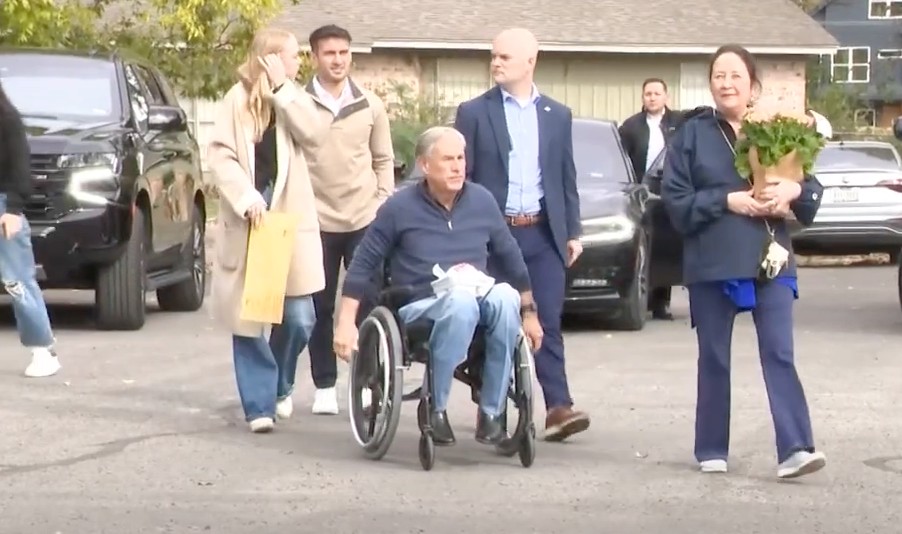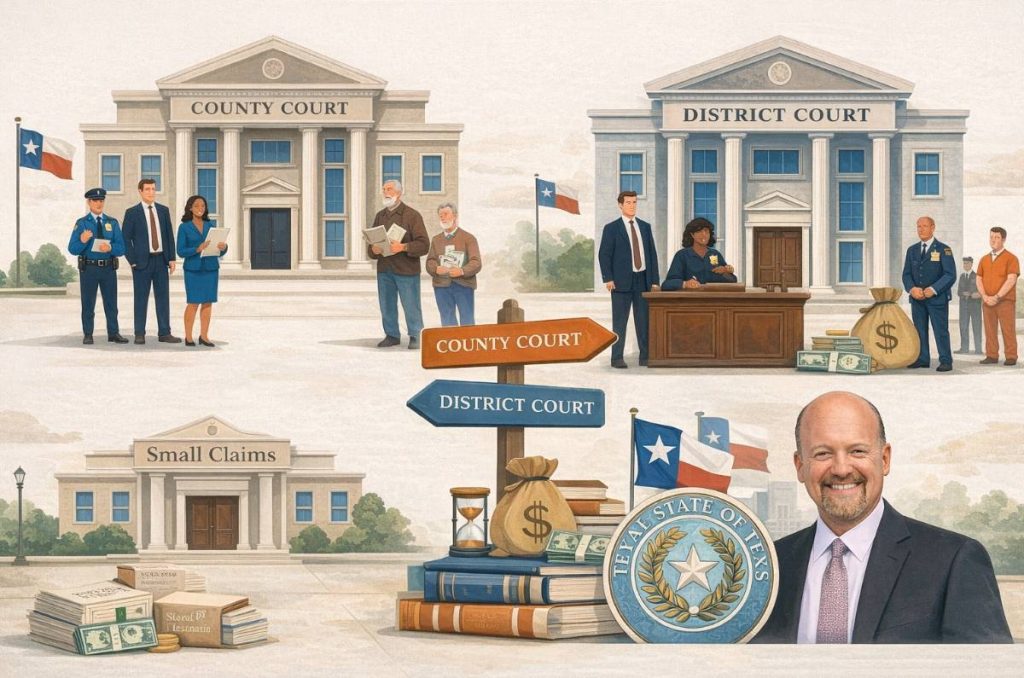Governor Greg Abbott, the current governor of Texas, is a well-known political figure who has overcome significant physical challenges to achieve success.
He has been in a wheelchair since 1984 due to a life-altering accident that left him paralyzed from the waist down. His story is one of resilience, determination, and triumph over adversity.
Many people wonder what happened to him and how he has managed to rise to such prominence despite his physical limitations. In this article, I’ll take an in-depth look at the accident that changed his life, the recovery process, and how his experience shaped his personal and professional journey.
The Day That Changed Everything: A Jog That Turned Tragic
Unlike a typical day in a successful lawyer’s life, July 14, 1984, Greg Abbott’s life took an unexpected and tragic turn. At the time, Abbott was 26 years old and had recently graduated from Vanderbilt University Law School. He was preparing for the Texas bar exam and was full of ambition, ready to embark on a promising legal career.
Like many young professionals, Abbott enjoyed staying active and often went jogging as part of his daily routine.
That summer day in Houston started like any other. Abbott decided to go for a jog in a quiet residential neighborhood in west Houston. The weather was warm, the streets were peaceful, and everything seemed ordinary.
However, as he jogged along the sidewalk under a canopy of trees, disaster struck without warning. A large oak tree that had been weakened by disease suddenly cracked and fell. The massive tree landed directly on Abbott’s back with incredible force.
The impact was catastrophic. The weight of the tree crushed several of Abbott’s vertebrae and severely damaged his spinal cord. The accident left him unable to move his legs. In an instant, his life changed forever. What began as a routine jog turned into a life-threatening emergency that would alter the course of his future.
The Extent of His Injuries: Understanding the Damage
The injuries Greg Abbott sustained from the falling tree were severe and life-altering. When emergency responders arrived at the scene, they found him immobilized and in excruciating pain. He was rushed to a nearby hospital where doctors quickly assessed the extent of the damage.
The falling tree had crushed two of Abbott’s vertebrae, bones that protect the spinal cord, and splintered fragments into his spine. Sadly, it caused permanent damage to his spinal cord, which controls movement and sensation below the injury site.
Specifically, the injury resulted in paralysis from the waist down, a condition known as paraplegia. In addition to spinal injuries, he also suffered broken ribs and internal injuries that affected his kidneys.
Doctors performed emergency surgery to stabilize his condition. During the procedure, they inserted two steel rods into his spine to provide support and prevent further damage. I think it is remarkable these rods remain in place to this day, a constant reminder of that life-changing moment.
Despite their best efforts, doctors informed Abbott that he would never walk again. The news was devastating for someone so young and full of potential. However, Abbott refused to let this diagnosis define him or limit what he could achieve.
A Grueling Recovery Process: Rebuilding Life After Tragedy
After surviving the initial trauma of the accident, Greg Abbott faced an uphill battle during his recovery process. His time in the hospital was marked by intense physical pain and emotional struggles as he adjusted to life with paralysis.
Abbott spent months undergoing rehabilitation therapy. This therapy was designed to help him adapt to his new physical limitations. It included learning how to use a wheelchair for mobility and regaining independence in daily activities like dressing and eating. Physical therapy sessions were grueling but essential for helping him build strength in his upper body so he could navigate life without the use of his legs.
Emotionally, the recovery process was equally challenging. Coming to terms with such a drastic change in one’s life is never easy. But, Abbott leaned heavily on his faith for guidance and strength during such difficult time. He also found support from his wife Cecilia, whom he had married just three years earlier in 1981.
Abbott has often spoken about how the period of recovery shaped his outlook on life. Instead of succumbing to despair or self-pity, he chose to focus on what he could still accomplish despite his disability. His determination became a source of inspiration not only for himself but also for those around him.
Returning to Work: A New Chapter Begins
One of Greg Abbott’s most remarkable qualities is his refusal to let obstacles stand in the way of his goals. After completing months of rehabilitation therapy, he made the decision to return to work as an attorney in Houston. It marked the beginning of a new chapter in his life—one defined by resilience and an unwavering commitment to success.
Abbott’s legal career flourished despite the challenges posed by his disability. He quickly gained recognition for his sharp legal mind and dedication to justice. His ability to excel professionally while adapting to life in a wheelchair earned him respect among colleagues and clients alike.
In 1992, Abbott took a significant step forward in his career when he was appointed as a state district judge in Harris County by then-Governor George W. Bush. The role allowed him to make meaningful contributions to Texas’s legal system while continuing to prove that physical limitations do not define one’s capabilities.
Climbing the Political Ladder: From Attorney General to Governor
Greg Abbott’s journey from district judge to governor is nothing short of extraordinary. After serving as a judge for several years, he was appointed as a Justice on the Texas Supreme Court in 1995—a position he held until 2001.
In 2002, Abbott ran for Texas Attorney General and won by a wide margin. As Attorney General, he focused on issues such as consumer protection, crime prevention, and defending state laws against federal overreach. His tenure lasted until 2014 when he decided to run for governor.
Abbott’s campaign for governor emphasized themes like resilience and determination—qualities deeply rooted in his personal story. Voters responded positively to his message, and he was elected as governor in 2014 with overwhelming support.
Since taking office in January 2015, Abbott has served multiple terms as governor of Texas. His leadership style reflects both his personal experiences and professional expertise.
Financial Settlement: Coping with Medical Expenses
Following the accident in 1984, Greg Abbott filed a lawsuit against those responsible for maintaining the property where the tree had fallen. The lawsuit alleged negligence due to poor maintenance that allowed the diseased tree to remain standing despite its weakened condition.
The case resulted in a financial settlement. I can confirm that this was structured as an annuity, which provided Abbott with guaranteed payments over time rather than a single lump sum. This provided Abbott with resources needed for long-term medical care and living expenses related to his disability.
By 2013, reports indicated that Abbott had received approximately $8.9 million from this settlement. He used these funds primarily for medical treatments such as surgeries and physical therapy sessions.
While this financial support helped ease some burdens associated with living with paralysis, it also became a point of controversy later in Abbott’s political career when he supported tort reform laws limiting similar lawsuits for others.
Lessons Learned: Turning Adversity Into Strength
Greg Abbott often describes himself as someone who refuses to be defined by adversity. Instead, he uses it as fuel for personal growth and achievement.
I’ve observed this commitment extend to his policy work; he frequently references his own journey when advocating for disability rights and accessibility improvements across Texas.
He believes that challenges are opportunities disguised as obstacles, a philosophy reflected throughout both his personal life and political career.
Abbott frequently shares lessons learned from overcoming paralysis during speeches or interviews aimed at inspiring others facing difficulties themselves.
I find the quote, “The accident broke my back but didn’t break my spirit,” particularly powerful, as it emphasizes hope amidst despair.





